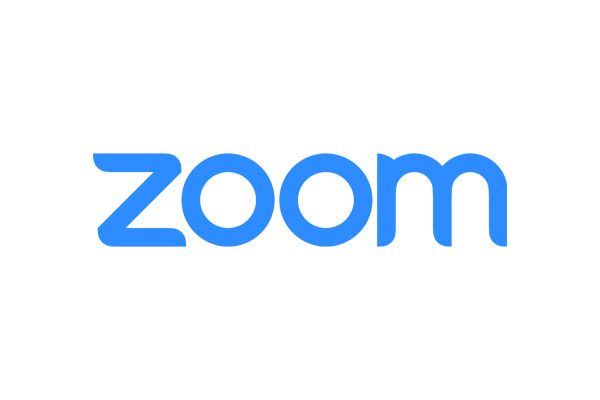Zoom's rapid ascension to become the world's most popular video communication platform happened in a month. During that time, Zoom moved from around 10 million to 200 million users. As the tool became the visual communication aid of choice for COVID-19 lockdowns, there have been some problems.
One of the first issues observed last month was so-called Zoom Bombing. Users have been reporting cases where bad actors were accessing Zoom meetings. When doing so, the unknown parties were leaving sexist remarks, racist messages, and pornographic images.
In an effort to reduce ZoomBombing, the company has rolled out some new measures. In an email to users, Zoom says:
“We've chosen to enable passwords on your meetings and turn on Waiting Rooms by default as additional security enhancements to protect your privacy.”
In March, the company warned users not to make meeting links public, limiting invites to trusted people or those who are wanted in the meeting. Additionally, the company said users should not share their Zoom Personal Meeting ID (PMI) when hosting.
“Your PMI is basically one continuous meeting and you don't want randos crashing your personal virtual space after the party's over,” according to the blog post.
Growing Too Fast
Last week, Zoom CEO Eric S Yuan apologized to users over the mistakes. He said the company was not prepared for the sheer load of new users. However, Yuan added feature development has ceased for 90 days to allow the team to focus on stability and issues.
Despite that, we reported today that thousands of private Zoom recordings appeared online. While these leaks were likely user error, it was probably a design flaw in the app that caused so many mistakes to be made.






